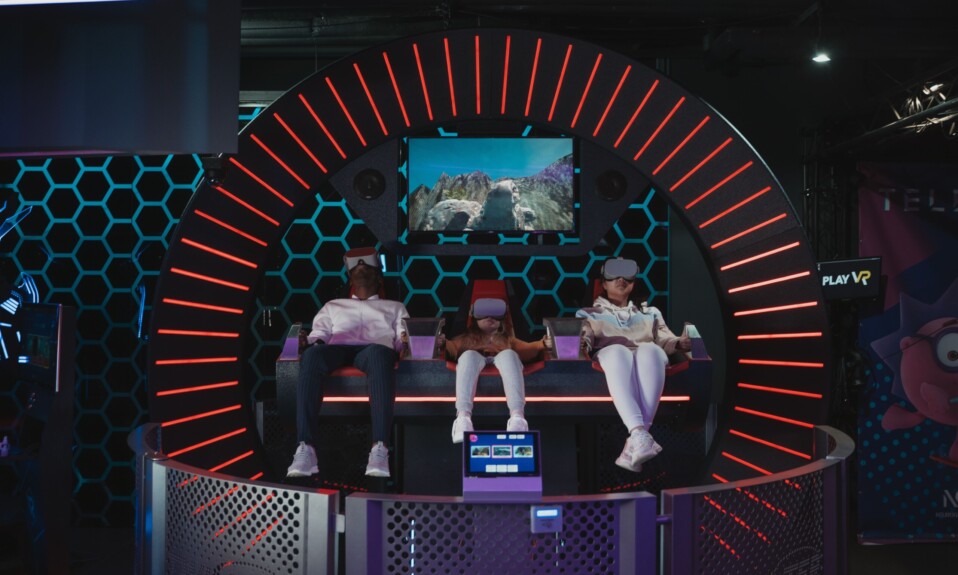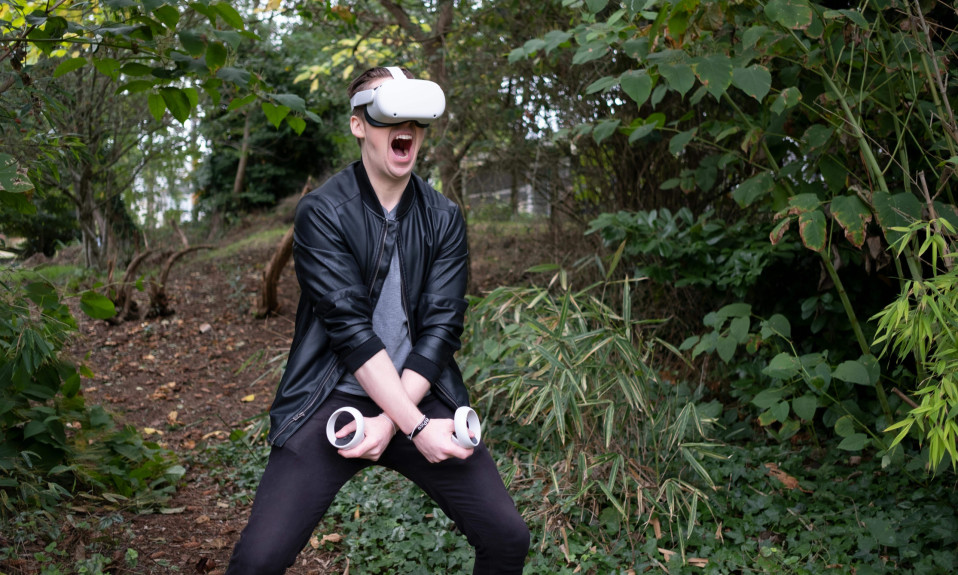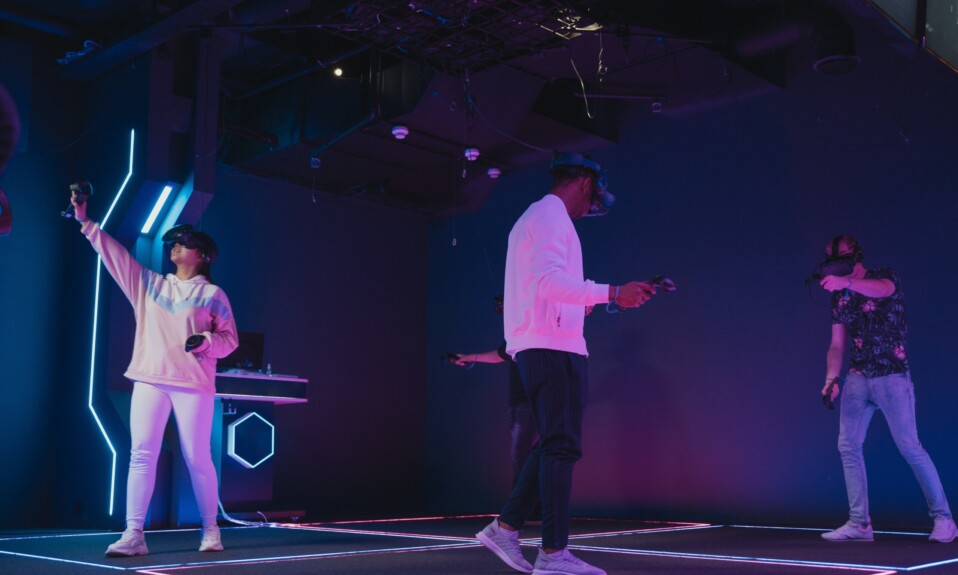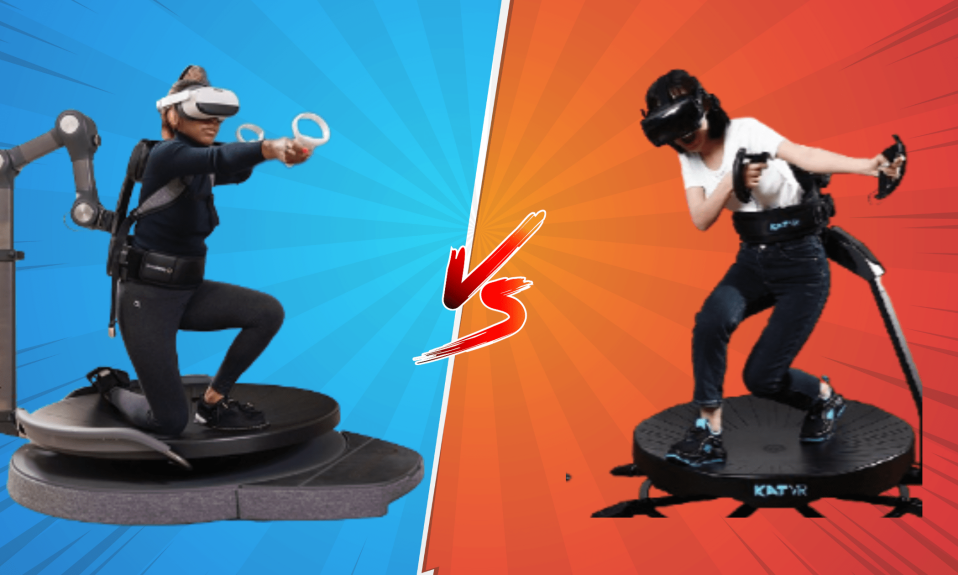There are conflicting views about the existence of the metaverse. Some claim that the metaverse has always existed, while others argue that it remains a concept that has yet to be fully actualized.
If it does indeed exist, where and how do we access the metaverse?
To accurately answer these questions, we need to understand what the metaverse is and the core technologies that define it.
The metaverse is a shared and persistent immersive experience created through the convergence of virtual reality, augmented reality, and other core technologies.
If you are new to the metaverse space and some terms sound unfamiliar, we have put together a beginner’s guide to walk you through the fundamentals of the metaverse.
The metaverse does indeed exist, but there is a caveat. The metaverse is yet to be fully realized, as we are still in the early stages of its development.
The scope of the metaverse goes well beyond virtual and augmented realities; it encompasses core technologies like the blockchain, Web 3.0, and the internet.
If you want to access the metaverse, we’ve got you covered.
This article provides a step-by-step guide to access the metaverse on mobile, desktop, or VR devices through virtual reality platforms.
Without further ado, let’s get started.
I do not want a discount, said no one ever! Upgrade your VR setup today with top-tier accessories—use code META20 for 20% off + free shipping on orders over $15. Level up your VR experience now ➡️ Shop & Save!
Quick Navigation
How Can We Access the Metaverse?
We can access the metaverse or get a feel for what a fully realized metaverse might look like by exploring current virtual or augmented reality platforms and experiences.
During the old times, only a handful of users had access to virtual reality platforms, most of which were limited to experiences on 2D screens.
However, the story is quite different today. A trend report by New Zoo reveals that there are over 500 brands actively involved in building the metaverse ecosystem across various sub-sectors of virtual reality and the blockchain.
Popular virtual reality platforms like The Sandbox, Decentraland, Axie Infinity, and Roblox are easily accessible and provide a feel for what a fully realized metaverse may look like.
How to Access the Metaverse (A Complete Checklist)
No definite number of steps are required to enter the metaverse as hardware and software requirements may vary across different virtual reality experiences.
However, there are three main guidelines to navigate the metaverse landscape seamlessly.
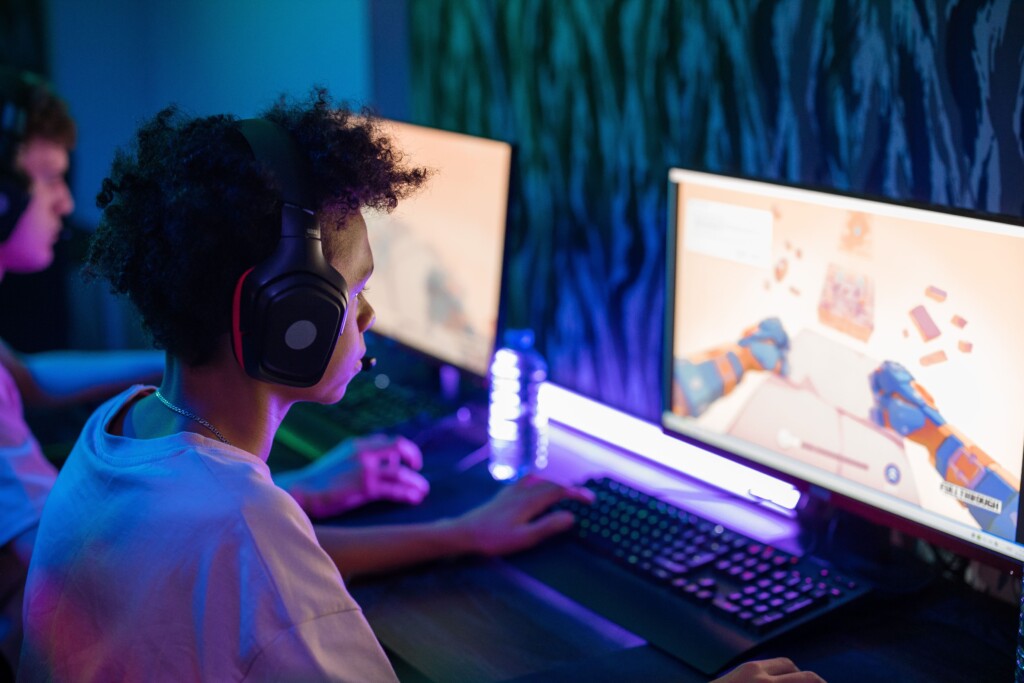
#1 Choose a Virtual or Augmented Reality Platform
To enter the metaverse, first, you must figure out what type of experiences you would like to explore within virtual or augmented reality.
There are a lot of experiences in the metaverse, ranging from virtual reality music concerts to multiplayer metaverse games, virtual art galleries, or metaverse casinos.
We’ve curated a list of 15 popular virtual reality platforms and play-to-earn games that are easily accessible on Android and iOS devices.
Some popular virtual reality platforms include Decentraland, Roblox VR Games, Sandbox, and Axie Infinity.
Decentraland:
Decentraland is a blockchain-based virtual reality platform powered by the Ethereum blockchain. Its users can purchase virtual lands, create experiences, own virtual real estate, develop games, and build applications.
Governing powers across its virtual landscape are aided by a Decentralized Autonomous Organization (DAO), giving power back to its users. Users vote to make rules, regulations, and changes on Decentraland.
$MANA token is the de facto cryptocurrency for transactions on Decentraland. It is purchased through crypto exchanges or earned by playing games or working in Decentraland.
Roblox VR Games:
Roblox VR games are an extension of Roblox, a massively multiplayer online gaming platform that allows its users to create their games for shared experiences in virtual reality.
With millions of active daily users, the Roblox community waxes stronger and prides itself on having an ever-growing catalog of games and experiences for users to explore in VR.
Many virtual reality platforms provide different opportunities for users to explore, play, and interact with others based on their tastes and preferences.
I do not want a discount, said no one ever! Upgrade your VR setup today with top-tier accessories—use code META20 for 20% off + free shipping on orders over $15. Level up your VR experience now ➡️ Shop & Save!
#2 Understand the Hardware and Software Requirements
The quality of your experience in the metaverse depends on meeting the required hardware and software specifications for each platform to function smoothly.
Virtual reality platforms require lots of processing power to improve the overall experience for users and reduce friction, lags, and unresponsiveness while navigating the virtual reality landscape.
It is essential to thoroughly review the hardware and software documentation for each virtual or augmented reality platform to ensure that your device meets the minimum specifications for a smooth VR experience.
Some devices needed for smooth and seamless VR experiences include high-end computer PCs and VR gadgets like omnidirectional treadmills and VR headsets.
How to Access the Metaverse Without VR
There are ways to access the metaverse without VR headsets, omnidirectional VR treadmills, or high-end computer devices.
Virtual reality platforms such as Roblox and Fortnite can be accessed using mobile Android or iOS devices by downloading their software applications from the respective mobile device app stores.
Other VR platforms like Decentraland and Minecraft are accessible on laptop or desktop devices with moderate hardware and software specifications.
However, accessing the metaverse without VR gadgets may not be immersive, as audio and visual rendering are limited to 2D experiences.
How to Access the Metaverse with VR Gadgets
Virtual reality headsets, hand controllers, VR omnidirectional treadmills, and other related gadgets have been a game-changer for the VR and gaming industry, pun intended.
Earlier versions of some of these devices go way back to the 1960s. However, present versions are more developed, with improved features and efficiency.
In a keynote speech, Mark Zuckerberg, CEO of Meta, said the metaverse would provide an immersive experience indistinguishable from physical reality.
Some popular virtual reality gadgets include the Oculus Quest 2 headsets, the HTC Vive headset, the Virtuix Omni One, and the Kat Walk C2+ omnidirectional VR treadmills.
How to Access the Metaverse on an Oculus Quest 2 Headset
The Oculus Quest 2 headset includes pre-installed games and applications for users to navigate virtual reality.
Popular metaverse virtual reality platforms like Sandbox, Decentraland, and Axie Infinity are not on the Oculus Quest store.
To explore third-party VR experiences, you need a USB-C Oculus Link cable or a virtual desktop to enjoy the metaverse experience on your Oculus Quest 2 headsets.
For a step-by-step guide to access the metaverse through your Oculus Quest 2 headset, here is an explainer video from VR Scout.
#3 Set Up and Explore the Metaverse
After choosing a virtual or augmented reality platform and learning about its hardware and software requirements, the final step is to set up and explore the metaverse.
A stable internet connection is necessary for a seamless metaverse experience on all virtual and augmented reality platforms.
It enables quality visual and audio rendering of the virtual reality landscape, backup and storage of your metaverse footprint, and keeping dedicated software applications up to date at all times.
Blockchain-based virtual reality worlds like Decentraland and The Sandbox require users to set up a cryptocurrency wallet.
Cryptocurrency wallets help keep track of unique identities on the blockchain and store digital assets like tokens, collectibles, and NFTs in the metaverse.
MetaMask wallet is the most popular choice over other crypto wallets due to its ease of use and seamless integration with the Ethereum blockchain.
I do not want a discount, said no one ever! Upgrade your VR setup today with top-tier accessories—use code META20 for 20% off + free shipping on orders over $15. Level up your VR experience now ➡️ Shop & Save!
Conclusion:
There is no one-stop virtual reality platform or software application for entering the metaverse.
However, current virtual and augmented reality platforms give us a feel for what a fully realized metaverse might look like.
While some virtual reality platforms require high-end devices with substantial processing power, other platforms offer ways for users to experience the metaverse using mobile devices and a reliable internet connection.
For blockchain-based metaverse platforms, the MetaMask cryptocurrency wallet is your go-to option for seamless integration with the blockchain and storage of digital assets.
It’s also worth noting that navigating the metaverse through virtual reality platforms requires you to create a digital twin or avatar, as it’s popularly called.
Some of these virtual reality platforms allow free personalization of avatars, while others require in-platform purchases using cryptocurrencies for more customization options.
If you choose to access the metaverse using a virtual reality headset like the Oculus Quest 2 headset, follow our recommended guide to set up the Oculus Link or virtual desktop.
Lastly, explore different metaverses and virtual or augmented reality platforms to discover the experiences that best suit your taste and preferences.
I do not want a discount, said no one ever! Upgrade your VR setup today with top-tier accessories—use code META20 for 20% off + free shipping on orders over $15. Level up your VR experience now ➡️ Shop & Save!

